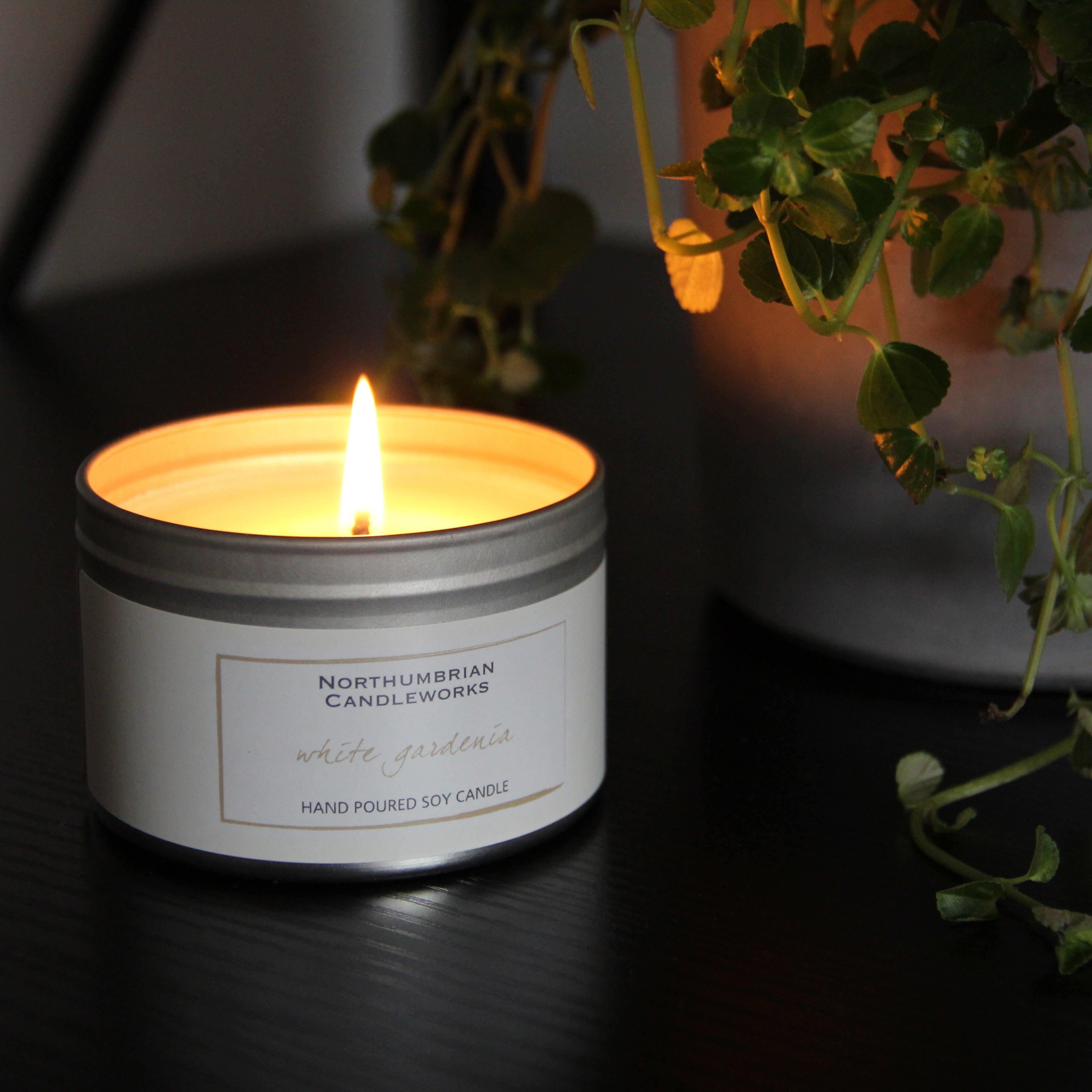Shop Sustainable Soy Wax Candles and Home Fragrance Collections
Shop Sustainable Soy Wax Candles and Home Fragrance Collections
Blog Article
From Wick to Wax: Understanding the Chemistry Behind Soy Wax Candles and Their Environmental Influence
As we brighten our rooms with the cozy radiance of candles, there exists a realm of complex chemistry behind the seemingly straightforward act of lighting a soy wax candle light. The option between soy and paraffin wax prolongs past mere visual appeals, diving right into the world of environmental impact and the extremely make-up of the products. Understanding the molecular framework of soy wax and its combustion process clarifies the discharges launched into our environments. Join us as we unravel the scientific details behind soy wax candle lights and explore their ramifications on our environment.
Soy Wax Vs. Paraffin Wax
When comparing soy wax and paraffin wax for candle light production, it is necessary to recognize the distinct characteristics and advantages of each product. Soy wax is a natural, sustainable source stemmed from soybean oil, making it environment-friendly and naturally degradable - soy wax candles. On the other hand, paraffin wax is a by-product of petroleum refining, which elevates issues about its ecological effect and sustainability
Soy wax candles melt cleaner and give off less residue contrasted to paraffin wax candle lights, making them a much healthier selection for indoor air quality. Furthermore, soy wax has a lower melting factor, enabling for a longer-lasting candle light that distributes scent better. Paraffin wax, on the various other hand, has a tendency to shed faster and much less cleanly, potentially releasing harmful chemicals right into the air.
From a sustainability perspective, soy wax is favored for its biodegradability and renewable sourcing, lining up with the growing consumer choice for eco conscious items. While paraffin wax has been a typical option in candle light making due to its price and convenience of usage, the shift towards environment-friendly options like soy wax is acquiring momentum in the industry.
Chemical Structure of Soy Wax

Combustion Process in Soy Candles
The chemical structure of soy wax straight affects the combustion process in soy candles, influencing factors such as shed time, aroma release, and environmental effect. When a soy candle light is lit, the warmth from the fire melts the wax near the wick.
The burning efficiency of soy candle lights is affected by the purity of the soy wax and the top quality of the wick. Additionally, soy wax candles have a reduced environmental influence compared to paraffin candle lights due to their eco-friendly and eco-friendly nature.

Ecological Benefits of Soy Wax

Considered a lasting choice to traditional paraffin wax, soy wax offers noteworthy environmental advantages that make it a popular choice among eco-conscious consumers. Soy wax burns cleaner and generates less residue than paraffin wax, adding to much better interior air top quality and minimizing the demand for cleansing and upkeep. Overall, the ecological advantages of soy wax line up with the expanding demand for environmentally friendly and sustainable items in the market.
Recycling and Disposal Considerations
Recycling and correct disposal of soy wax candle lights play a vital function in keeping ecological sustainability and minimizing waste in neighborhoods and families. When it comes to recycling soy wax candle lights, the initial step is to guarantee that the candle light has actually shed totally.

In regards to disposal, if recycling is not a choice, soy wax candle lights are naturally degradable and can be securely dealt with in the majority of home waste systems. Nevertheless, it is always advised to consult local reusing candles facilities or waste management solutions for certain guidelines on candle light disposal to make certain appropriate handling and environmental defense.
Verdict
In final thought, the chemistry behind soy wax candles discloses their ecological benefits over paraffin wax candles. Soy wax, obtained from soybean oil, burns cleaner and generates less soot when compared to paraffin wax.
When comparing soy wax and paraffin wax for candle production, it is crucial to recognize the distinct features and advantages of each material (soy wax candles).Soy wax candles shed cleaner and send out much less soot contrasted to paraffin wax candle lights, making them a healthier choice for indoor air top quality.Thought about a sustainable option to standard paraffin wax, soy wax offers noteworthy ecological advantages that make it a prominent selection amongst eco-conscious customers. Soy wax burns cleaner and produces much less residue than paraffin wax, contributing to far better indoor air quality and minimizing the need for cleansing and upkeep.In verdict, the chemistry behind soy wax candle lights discloses their ecological benefits over paraffin wax candles
Report this page